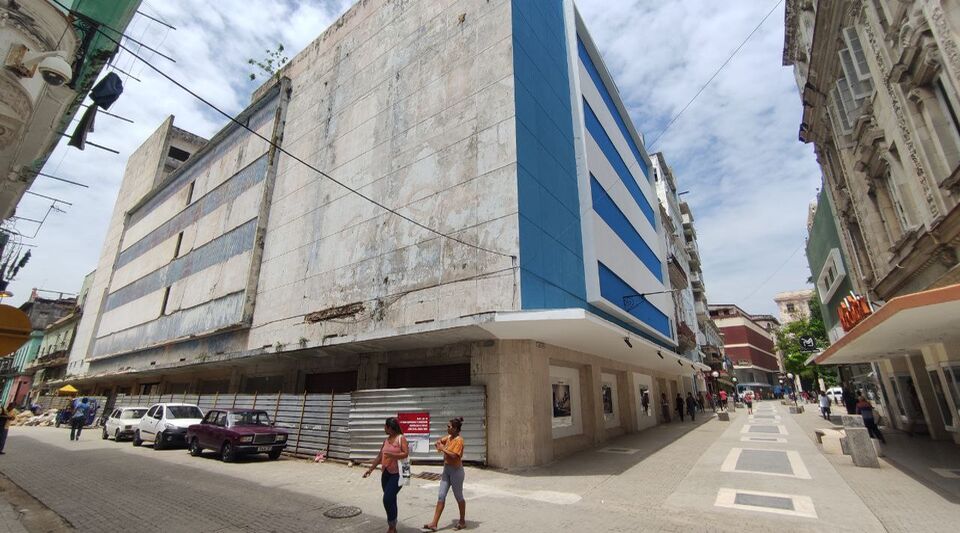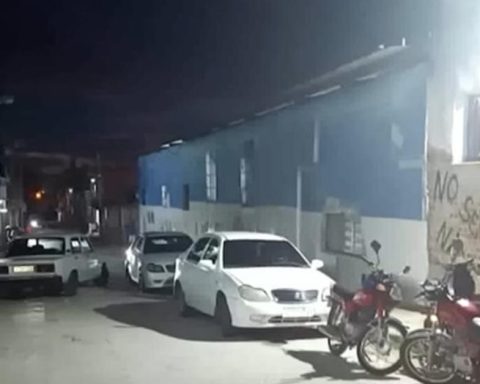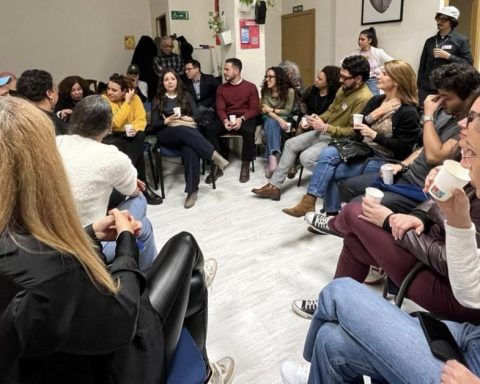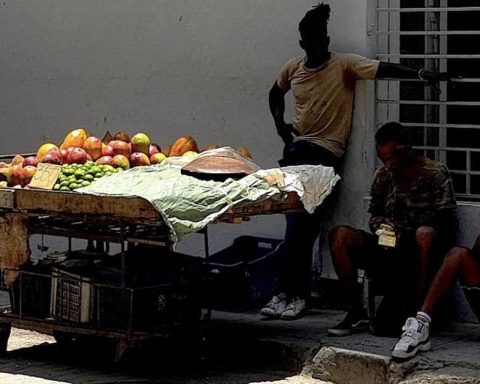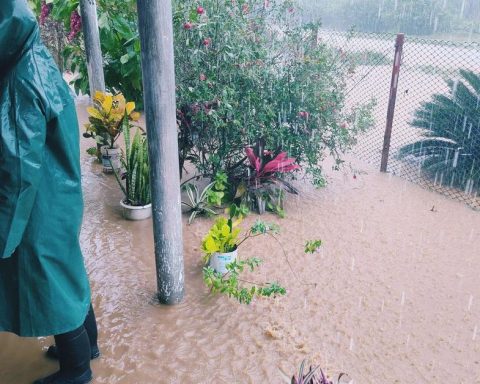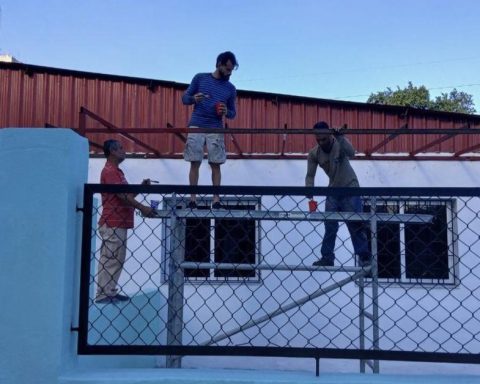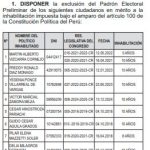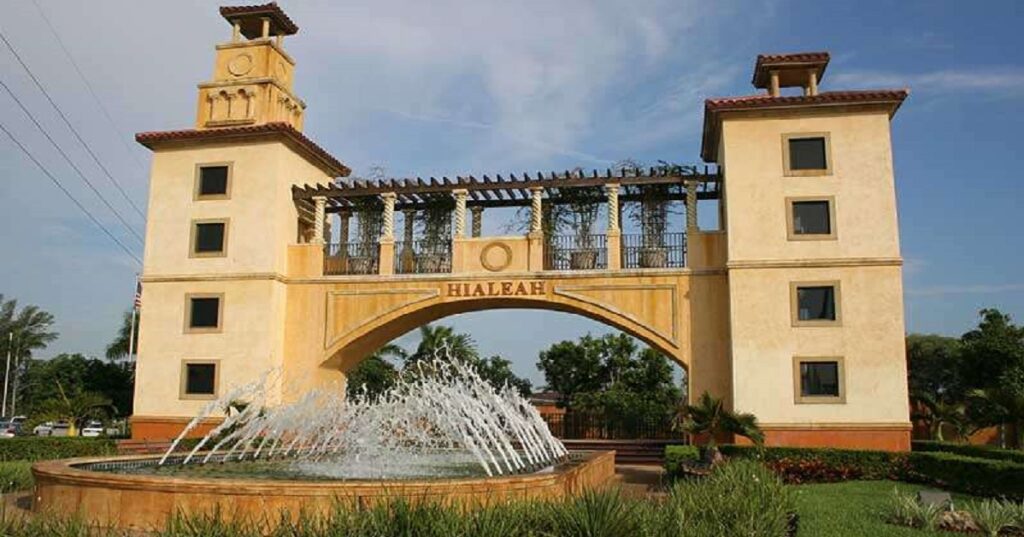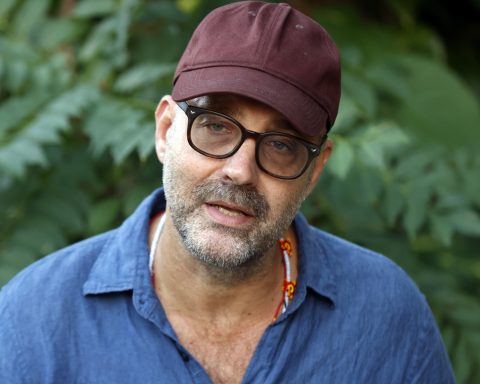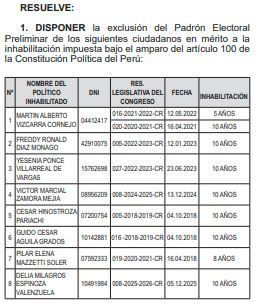Surrounded by a fence and mounds of rubble, the Fin de Siglo store building in Havana puts into practice the technique of concealment, rather than repair. To prevent the curious from seeing, in all its magnitude, the slow destruction of the historic building, the authorities have chosen to hide it from view behind metal plates and some screens that cover the part that faces the Boulevard.
“This has been like this for years and has become a dump,” laments a neighbor who was queuing this Saturday to buy a pizza at a nearby private business. “One day they came and put these metal plates. The first thing we thought was that they were going to repair the building, but nothing like that. They have dropped it, with so many families that have been left homeless in this area.” She only received some paint on the wall located on Calle San Rafael.
Fin de Siglo was not just any store. The famous business was founded in 1897 on the corner formed by San Rafael Street and the central Galiano Avenue. The warehouses were born from the effort of four Galician entrepreneurs and are considered the first of their kind in the Hispanic world. In the middle of the last century, the building was renovated to have air conditioning on all its floors, escalators and large windows next to the sidewalks.
Nothing remains of those crystals that showed stylized mannequins. Neighbors in the area throw their bags full of rubbish into the space between the fence and where the shop windows once stood. The corner eaves are missing pieces and the name of the warehouses, made of metal and with a suggestive cursive handwriting, can hardly be distinguished between the grime and rust of the walls.
With its smooth, modern façade and its ground floor covered in marble, the construction marked a milestone in the design of the area, but neither the care of its architects nor the solidity of its materials saved it from the stage that began after it was nationalized. the store, in 1960. From then on, the merchandise began to disappear from its shelves, the distribution system for rationed products took over all its floors and its structure gradually deteriorated without investments or new paint.
But the greatest humiliation came to Fin de Siglo during the crisis of the 1990s. In the Special Period it was kept as a store so that soon-to-be newlyweds could buy products that had disappeared from the rest of the shops, but unlike of the 1980s, what they were selling at that time was merchandise of poor quality and dubious utility.
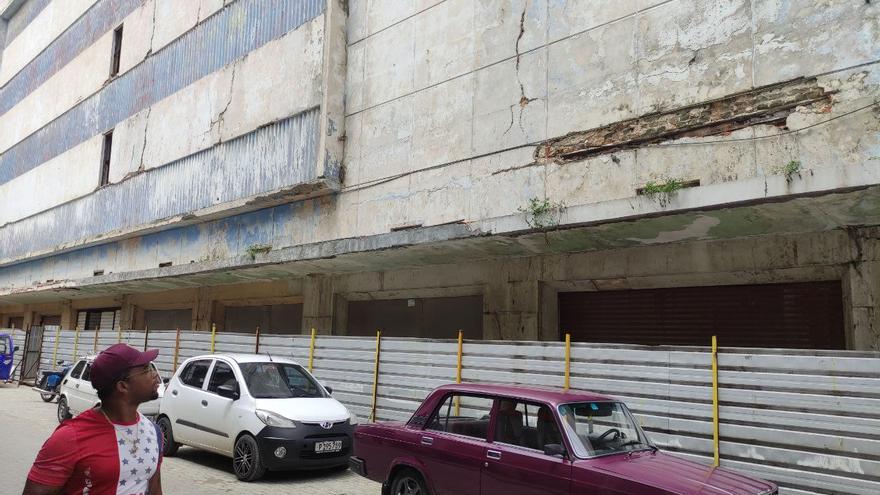
“When I got married, my wife and I spent days in line to get in and we only got a plastic tank to store gasoline and a funnel, but neither she nor I had a car,” says Ricardo, a retiree who had lived for years with his wife when he decided to legalize the marriage in order to acquire something that would allow him to make a little money by reselling it on the black market. “When I entered Fin de Siglo that time I was struck by the darkness and the smell of humidity. Nothing to do with the store I knew as a child.”
Now, Ricardo avoids going near the outer fence because “the bad smell that comes out of the building together with that of the garbage that is not picked up for weeks depresses anyone.” Inside the premises, one hundred years ago the jewels shone, the employees came and went showing the new offers, and dozens of Galician eyes supervised that the store continued to deposit money and please the customers. But that was a long time ago, now we are in a new century and those warehouses no longer exist.
________________________
Collaborate with our work:
The team of 14ymedio is committed to doing serious journalism that reflects the reality of deep Cuba. Thank you for joining us on this long road. We invite you to continue supporting us, but this time becoming a member of our journal. Together we can continue transforming journalism in Cuba.
